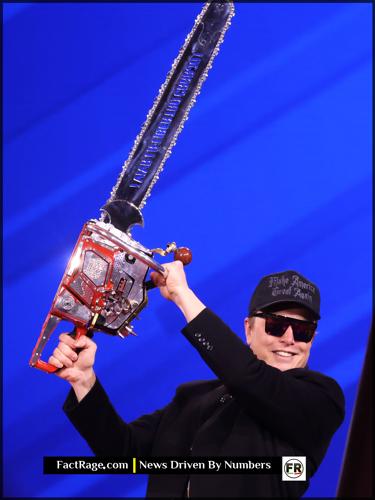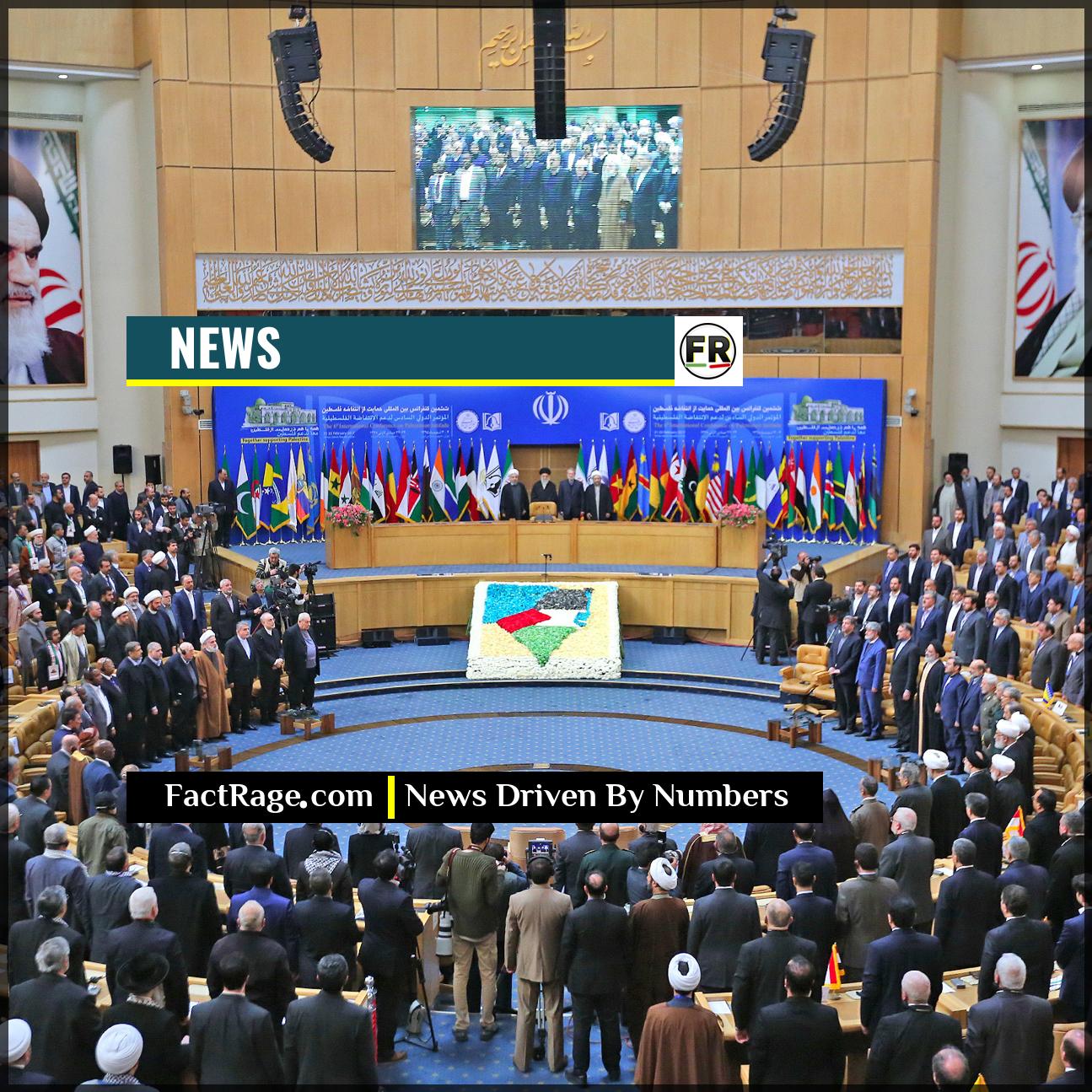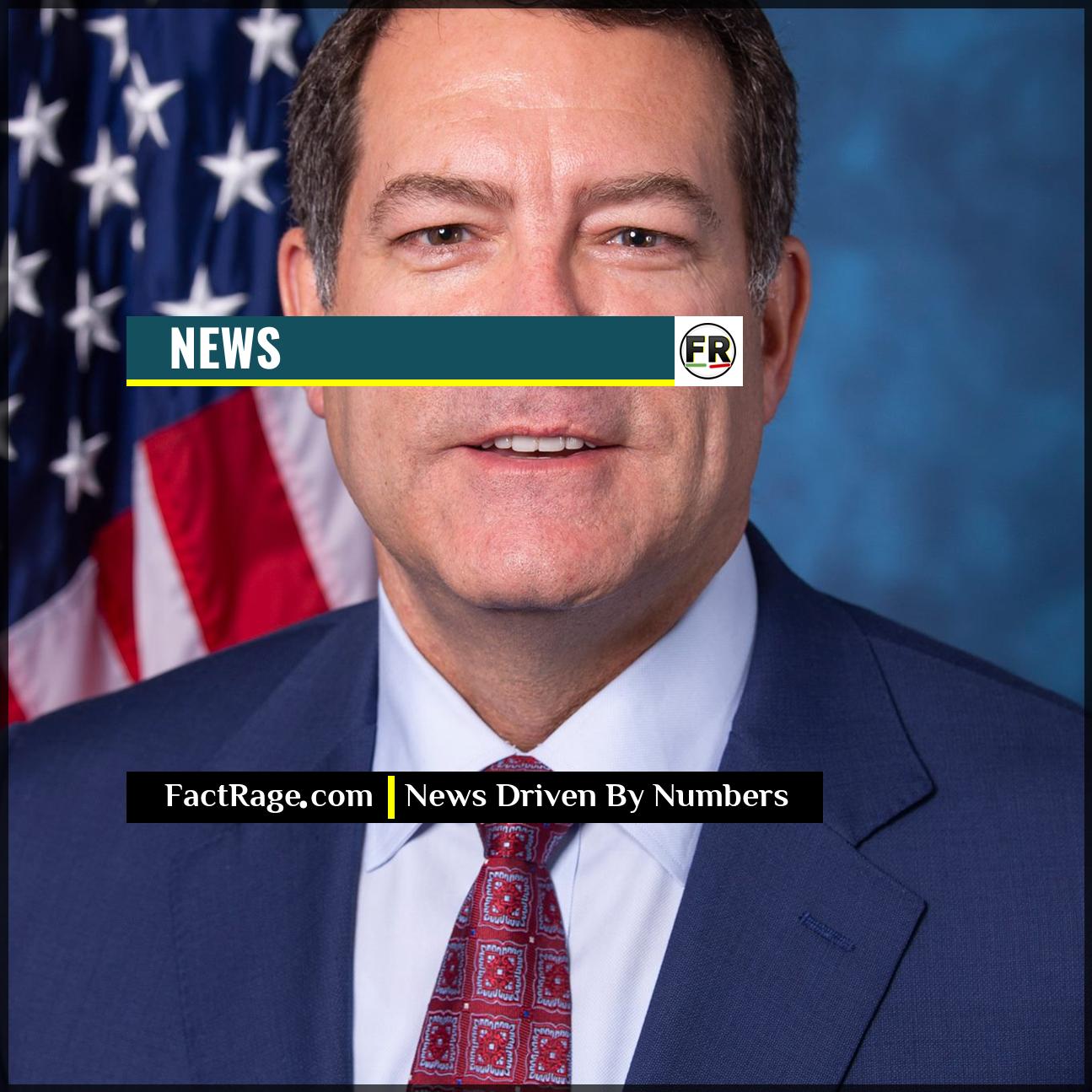FACTRAGE – Recent social media discussions fueled by Tesla CEO Elon Musk have sparked widespread speculation about the formation of a new U.S. political entity dubbed the “America Party.”
- Movement Origins – The concept has gained traction through Musk’s posts on X, where he has advocated for a “common sense” centrist platform, resonating with users expressing dissatisfaction with both the Democratic and Republican parties.
- Historical Precedent – The U.S. has a long history of third-party movements, but structural barriers like winner-take-all elections and ballot access laws have prevented any from achieving lasting national power since the Civil War.
- Ideological Underpinnings – The movement reflects a blend of tech-libertarian ideals, prioritizing fiscal moderation, social freedoms, and a problem-solving approach to governance that challenges traditional party orthodoxies.
While the idea of a new political force is compelling to many, a closer look at the mechanics of the U.S. political system reveals the monumental challenges such a movement would face. The questions are not just about popularity, but about process, policy, and power.
Policy, Not Popularity, Defines a Party
![]() Public frustration is a powerful political fuel, but it often runs up against the unyielding machinery of the American electoral system. A new party’s success is not determined by social media trends, but by its ability to navigate a complex web of ballot access laws and winner-take-all elections. Understanding these foundational rules is the only way to accurately gauge the real-world viability of movements like the “America Party.”
Public frustration is a powerful political fuel, but it often runs up against the unyielding machinery of the American electoral system. A new party’s success is not determined by social media trends, but by its ability to navigate a complex web of ballot access laws and winner-take-all elections. Understanding these foundational rules is the only way to accurately gauge the real-world viability of movements like the “America Party.”
What Is the “America Party” and Who Is Behind It?

The “America Party” is less a formal organization and more a decentralized concept that has gained momentum online. The term has been popularized by Elon Musk, who has used his platform, X, to gauge interest in and outline the potential tenets of a political party that avoids the “extremes” of the current two-party system. His proposals often center on what he terms “common sense” policies, such as fiscal responsibility, securing the border, and a more limited government role in social issues.
This is not the first time a business magnate has entered the political arena with the idea of a new party. The most notable modern example is Ross Perot, who ran as an independent in 1992 and on the Reform Party ticket in 1996. His campaigns, focused on the national debt and fiscal discipline, showed that a well-funded outsider could tap into significant public discontent.
Why Third Parties Face a Steep Climb in the US
Despite occasional surges in popularity, third parties in the United States face formidable, systemic barriers. The structure of American elections is the primary obstacle. Most states use a winner-take-all system, where the candidate with the most votes in a district or state wins all the representation, leaving second or third place with nothing. This strongly incentivizes voters to choose one of the two major candidates to avoid “wasting” their vote.
Ballot access is another significant hurdle. Each state has different, often complex, requirements for a new party to get its candidates listed on the ballot, typically involving a massive signature-gathering effort. Furthermore, the established fundraising networks, media attention, and debate inclusion rules are all heavily tilted in favor of the Democratic and Republican parties. Data from past elections is stark:
- Theodore Roosevelt (1912): Ran on the Progressive “Bull Moose” ticket and won 27.4% of the popular vote, one of the strongest third-party showings in history, but ultimately split the Republican vote and handed the election to Woodrow Wilson.
- Ross Perot (1992): Captured 18.9% of the popular vote but failed to win a single electoral vote.
- Since 1968: No third-party candidate has managed to secure any votes in the Electoral College.
What This Trend Signals About Tech and Politics
The “America Party” discussion is significant beyond its immediate electoral prospects. It highlights a growing political identity within the tech sector, often described as tech-libertarianism or rationalist. This viewpoint tends to approach policy as an engineering problem to be solved with data and “first principles,” rather than through traditional ideological frameworks.
Musk’s advocacy represents a powerful voice for this burgeoning political faction, one that feels alienated by both the modern Democratic party’s focus on social equity and identity and the Republican party’s embrace of social conservatism. The core question is whether the immense financial and cultural capital of the tech industry can be translated into a durable political force capable of overcoming the structural barriers that have thwarted all previous third-party challengers. The movement’s future will depend less on online sentiment and more on its ability to build the kind of grassroots and legal infrastructure needed to compete.
Beyond the Buzz: The Political Calculus
![]() The debate over an “America Party” boils down to a fundamental political equation. On one side is the powerful variable of public dissatisfaction, amplified by influential figures like Elon Musk. On the other side is the constant: a political system built with high barriers to entry, from state ballot laws to the Electoral College. Whether this movement becomes a historical footnote or forces a realignment within the existing power structure will depend less on online sentiment and more on its ability to build the durable political infrastructure required to compete.
The debate over an “America Party” boils down to a fundamental political equation. On one side is the powerful variable of public dissatisfaction, amplified by influential figures like Elon Musk. On the other side is the constant: a political system built with high barriers to entry, from state ballot laws to the Electoral College. Whether this movement becomes a historical footnote or forces a realignment within the existing power structure will depend less on online sentiment and more on its ability to build the durable political infrastructure required to compete.














